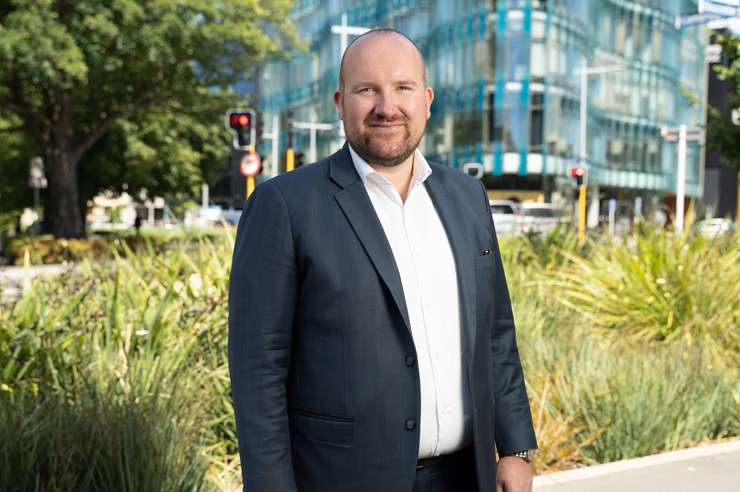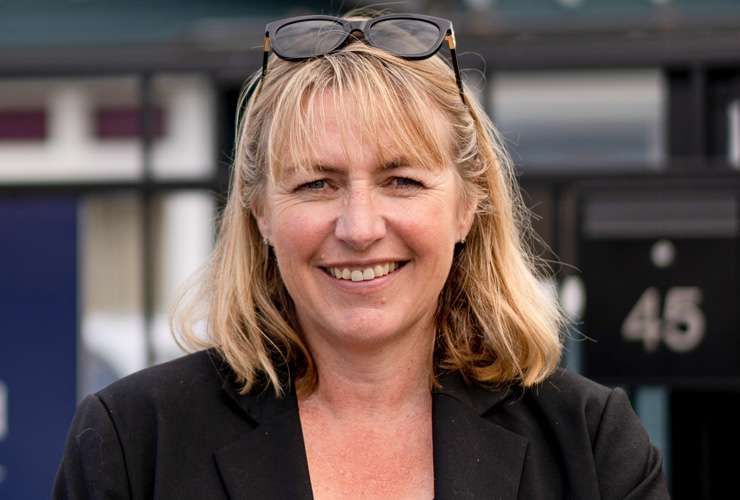Rising interest rates are putting the squeeze on property investors, and tenants will end up wearing some of the extra costs they face, experts have told OneRoof.
Mortgage adviser Kris Pedersen, of Kris Pedersen Mortgages, says investor finances are already under pressure thanks to the government’s tax changes and the CCCFA.
Like other borrowers coming off low fixed rates, investors face interest rates of 6% to 7%, which rental income often doesn’t cover.
The tax change poised to hit investors hard is the phasing out of tax deductibility of mortgage interest payments. That was announced early last year. Currently investors can claim 75% of mortgage interest against the income from the property. This reduces to 50% in April, and will over time whittle down to nil.
Start your property search
“I'm sure that when they bought the changes the government didn't expect have interest rates this high,” Pedersen says.
The third change that makes it harder for investors to make ends meet was the tightening of the CCCFA in December 2021. That has put pressure on investors who have interest-only mortgages that have lower repayments than principal and interest.
“Previously it was quite easy to roll interest-only terms over,” says Pedersen. “Now the banks have to put [investors] through a full loan application process and under the current criteria they force investors onto P&I [principal and interest].” That increases their monthly repayments because principal repayments are added to the interest costs.
“What's going to happen is you're going to have a lot of people going from 2.5% interest only to a 6% P&I. That’s huge.”

Mortgage adviser Gareth Veale says some investors are being moved off interest-only loans to principal and interest ones. Photo / Supplied
Pedersen says one client, whose mortgages were on interest only, is now facing a $50,000 increase in annual payments on $1 million of mortgages thanks to the CCCFA changes pushing him onto P&I. That’s even before moving from an interest rate in the low 2% range to 6%-plus.
Those hit hardest are the small investors who have bought one property to save for retirement. Bigger investors have been through hard times before and are prepared, says Pedersen.
Property commentator and former executive officer of the New Zealand Property Investors Federation Sharon Cullwick says while some investors still have their mortgages on low fixed rates, some of those fixed rates are coming to an end.
“The [fixes] will be up in probably another six months,” says Cullwick. If that coincides with the bank demanding investors move their mortgages to P&I loans, it could be difficult. It’s fine for one loan. But when they do it for three or four loans, that’s when you start to get in trouble.”
According to the latest Barfoot & Thompson figures, rents in Auckland are rising, in some areas as much as 6.49% per annum. Investors are trying to recoup some of their additional expenses by increasing rents. But that's not always easy if the market can’t wear it. “You can’t keep increasing your rents,” says Cullwick.
She points out that investors' insurance premiums have risen sharply and that most face council rate increases. Some still have to pay for Healthy Homes upgrades, and together these costs could push some over the edge.
Mortgage adviser Gareth Veale, of EasyStreet Mortgages, cites the example of one client who owns 10 properties. The repayments (servicing cost) on each property has increased by an average of $180 per week thanks to interest rate rises alone. That’s $1800 increase per week for all 10 properties on the mortgage repayments alone, or $93,600 per year.
Veale says the client has managed to increase the average rent for her properties from $420 to $575 per week, which means so far she is only paying $13,000 extra per annum from her pocket. But that doesn’t take into account the increased tax bill from being unable to claim the full mortgage interest rate and other costs such as increased insurance premiums.

Property commentator Sharon Cullwick: “A lot of people don’t know how to work it out.” Photo / Supplied
Veale’s client has always been on P&I mortgages, but some banks are pushing other clients against their will from interest only to P&I. In that case it’s sometimes possible to remortgage with a more forgiving bank, but it may mean selling properties to meet the criteria.
Non-bank lender Resimac is offering 20-year interest-only mortgages for some investors, says Veale, but the interest rates are higher than what banks offer.
It’s not yet clear how much more tax investors will pay when the interest deductibility is phased out. Cullwick has been meeting investors at seminars around the country and says many simply haven’t worked out what the interest deductibility changes in particular are going to cost them.
“When I’m going around the country giving seminars a lot of people don’t know how to work it out,” she says.
They will get to the point where they’ll have to start selling houses to prop others up, she says.
“If they're selling it at a lower market, because house prices have gone down, it can be like a domino effect.” Selling one property may not result in making ends meet and the investor then has to sell more.
Property accountant Garreth Collard, of EpsomTax.com, says property investors need to get good advice.
“My first thought is that 6% or 7% interest rates are still historically cheap and in some ways if you can’t afford that, you probably shouldn't be buying investment property. You probably need to double down and get [your finances] sorted and revisit that later. It’s possibly weeding out some people who were over-stretching anyway, and betting on capital gains.”
Investors buying now are mostly choosing new-builds that don’t have the issue with the removal of tax deductibility because they’re exempt, says Collard. Some clients are a year or so out from the end of the existing bright-line period for their properties and are likely to sell and buy new for the same reason once they reach that date. Investors who sell within the bright-line period are taxed on their gains.
Collard hasn’t seen a lot of clients forced onto interest-only so far, and those in that situation have been able to refinance to a different bank.

















































































